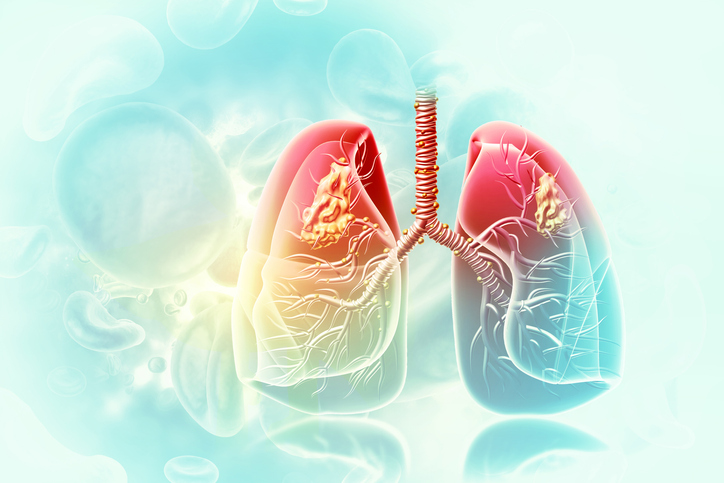Lung cancer is the leading cause of cancer death in the U.S. A company seeking to address the healthcare system’s shortcomings in diagnosing the disease just reeled in $150 million.
On Wednesday, San Carlos, California-based medical robotics startup Noah Medical closed its Series B funding round. Investors included Softbank Vision Fund, Prosperity7 Ventures, Tiger Global, Hillhouse, Sequoia China, Shangbay Capital and Uphonest Capital. The company declined to disclose its total funding amount to date.

With the Rise of AI, What IP Disputes in Healthcare Are Likely to Emerge?
Munck Wilson Mandala Partner Greg Howison shared his perspective on some of the legal ramifications around AI, IP, connected devices and the data they generate, in response to emailed questions.
Noah was founded in 2018 to provide better clinical value to customers “who were unhappy or poorly served by the earlier generation of medical robots,” Adam Marsh, the startup’s director of marketing, said in a recent interview.
About two-thirds of cancerous lesions are in the outer portion of the lungs, making them difficult to navigate and biopsy, Marsh pointed out. Today, most physicians rely on CT scans taken prior to a procedure as their primary source of information on lesion location. However, there can be a significant divergence between the images on a scan and the location of lesions in the body during the actual procedure, he explained.
“Additional advanced imaging technologies must be deployed during the procedure to help combat this problem. Without these technologies, navigation is akin to trying to complete a road trip today, using maps from 1990, and without satellite navigation turned on,” Marsh declared.
The cost and complexity of current systems for lung bronchoscopy and advanced imaging technologies means that few clinics and hospitals can deploy these together, he added.
Noah’s robotic platform, called the Galaxy System, was designed to address these problems. The system was created so physicians can find, biopsy and diagnose lesions with confidence, Marsh explained.
The Galaxy System offers real-time navigation technology to help physicians find lesions more easily. It also provides intraprocedural imaging to correct CT-to-body divergence and gives physicians confirmation that their tool is in the patient’s lesion.
The system includes a single-use, disposable bronchoscope that was designed to reduce the risk of cross-contamination and patient infection while also improving procedural workflow. The bronchoscope is always on camera, which enables direct visualization for the entire procedure, including at the time of biopsy, Marsh said.
Last month, Noah received FDA clearance for the Galaxy System, and the company is currently conducting its first-in-human trials for the system.
The system is intended for the outpatient hospital setting. When it comes time, Noah will be focused on selling the system to physicians and health systems that specialize in advanced pulmonology and bronchoscopy, Marsh explained.
Once Noah begins selling the Galaxy System, it will compete with other robotic platforms for lung biopsy. It’s not the only company offering a robotic-assisted bronchoscopy platform for minimally invasive peripheral lung biopsies — for example, there’s also Intuitive Surgical.
Noah will set itself apart from the competition because it involves clinicians in the process of developing its technology, Marsh declared.
“We work closely with physicians to understand gaps and problems, then incorporate their feedback and expertise directly into the design of our products,” he said. “We believe we are at an inflection point in the industry where deep collaboration with physicians will usher in a new world of robotic platforms that enhance the quality of life for patients.”
Marsh also said that the Galaxy System has the “smallest footprint of all robotic bronchoscopy systems on the market,” making it easy to stow, set up and clean, even in small bronchoscopy suites.
Photo: Mohammed Haneefa Nizamudeen, Getty Images















